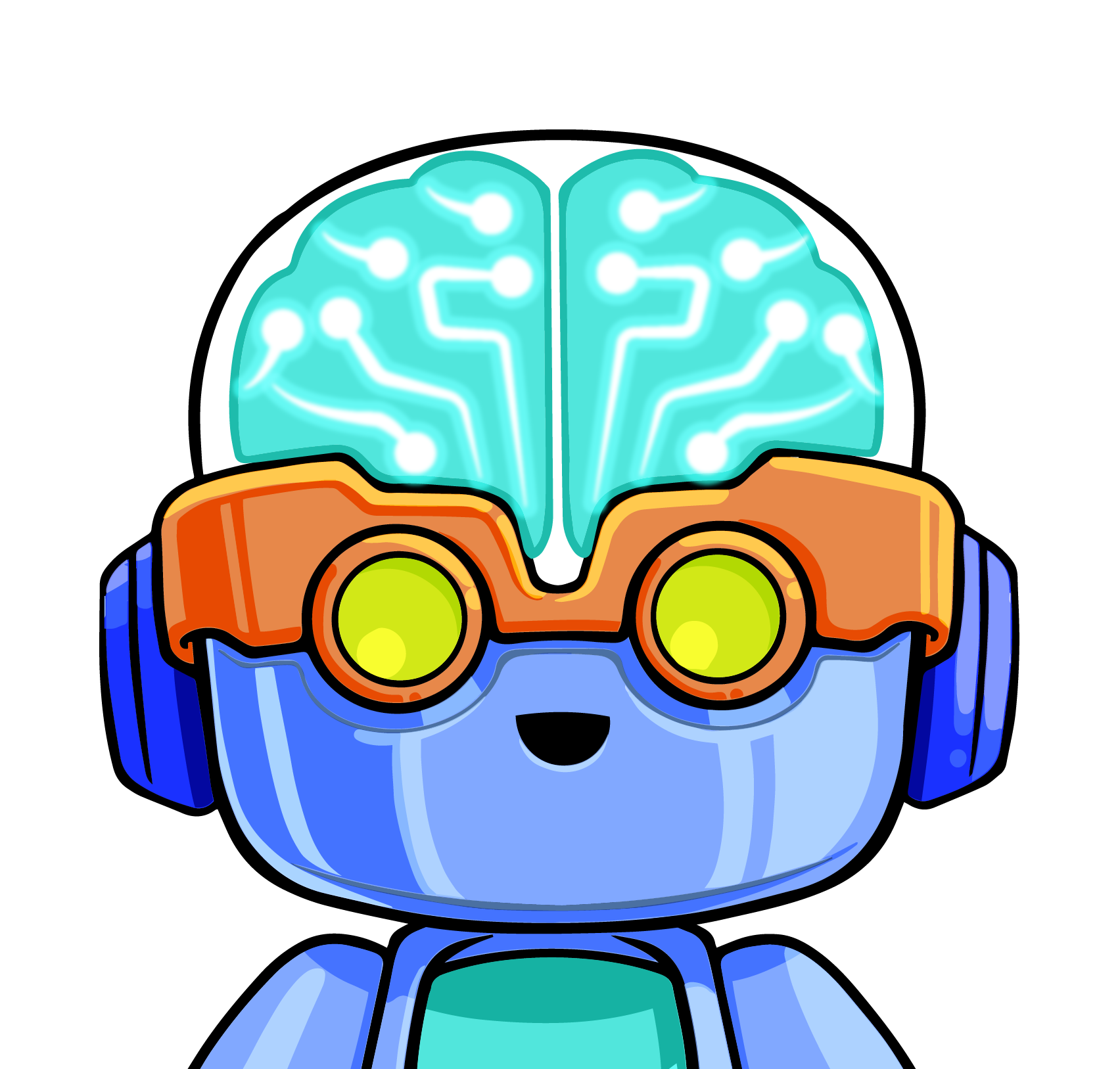

“The only thing that is constant is change.” – Heraclitus. Heraclitus wrote this around 500 BC, but it could not be more relevant today.
In the past ten years, the pace of change has been largely unprecedented. That’s a pretty strong statement, but let’s think about it.
- 10 years ago, the first thing you look at in the morning and the last thing you look at before you go to bed, your iPhone, didn’t exist.
- 10 years ago, it was still a bad idea to get into a car with a stranger. Now, you hop in an Uber all the time.
- 10 years ago, it was unwise to stay in the home of a person you didn’t know. Particularly without ever meeting them. Now, you book an AirBNB and take your entire family there.
- 10 years ago, the idea of taking a photo of yourself, with your phone no less, could not have seemed more crazy.
- 10 years ago, you wouldn’t have listed “reliable wifi” on Maslow’s hierarchy of needs.
We all get it, right? Stuff is changing, all the time. The hard part is that enterprise companies typically steer more like a large cruise ship than they do a ski boat. If you quickly jerk the wheel on a cruise ship, things go flying everywhere and passengers become upset quickly. You must navigate the ship the correct direction but you must preserve the passenger experience without too much drama.
Enterprise IT departments face this similar dilemma. You must quickly respond to change (steer the boat a new direction) but you also must disrupt the users as little as possible (you can’t have passengers flying around or wanting to abandon ship). Enterprise IT must balance this idea of their current systems being “always on” all the while being expected to embrace, adopt, integrate, and deploy new solutions. (Oftentimes seemingly on the whim of whatever executive just got back from a conference where they discussed the hot new thing!) How do we do this? How do we balance the mandate to transform with the equal mandate of stability? That’s a tough question.
The answer really lies in the three Ps. Process, People, and Planning.
Process
Many of our processes were not built to handle innovation at scale. Change management processes can often take so much longer than the actual change takes to make. The team charged with vetting new technology often involves too many people and too many opinions. In an era of “release and iterate”, our processes are often monolithic and non-pliable. What do we do?
Streamline your processes. Now, this is going to create serious friction from some of your people. Expect someone to go all A Few Good Men on you. “Processes? You want to get rid of processes? You want me on that wall…you NEED me on that wall!!” And, you do need processes. Processes save lives to stick with the movie analogy. But, you need processes that move quickly and reduce unnecessary friction.


People
You have some great people on your team. I’m certain that you do. But, are the people you have the people of yesterday and today? Or, are they the people you need for today and tomorrow? One of the key things you should look for in your new hires, and your current ones, is the ability to learn new things quickly. You should build into the hiring process questions to determine whether the candidate has this very necessary skill. We know things are changing and we need people that can adapt with the changes and quickly master new skills.
Also, you have too many people in your meetings. You know it. I know it. It is true. Jeff Bezos, CEO of Amazon, has a great maxim for the ideal size of teams. He calls it the “two pizza team”. If you can’t feed the team with two pizzas, you have too many people engaged. When you outline your processes, I bet you’ll be amazed at how many people touch certain processes. Innovation and adaptation can’t be done by 20 people or more. Pick your best people, buy them two pizzas, give them room, check their work, and then enable them to succeed.
Plan
My old boss routinely said “failing to plan is planning to fail.” (He also said “hope is not a plan.”) You need to create a plan to innovate and succeed. But, the plan must be malleable and flexible enough to accommodate course corrections. You need to measure your success along the way in small increments, determining incrementally what the next step forward is. You can create the best plan in the world, but if it takes you the wrong place or you missed chances to course correct because you were simply ruthlessly executing the plan, that wastes precious time.
There is a lot that goes in to Enterprise Transformation. Your team has seemingly been given goals that stand in stark contrast to one another—innovation and stability. You must do the hard thing well. The place to start is with a thoughtful, but critical look, at your process, your people, and your plan. Are your processes holding you back? Do you have the right people? Are you executing a plan and, if so, is it the right plan? No one said this would be easy, but it is necessary. And, if you need to do an offsite meeting to really hash out these details, whip out your iPhone, book an Airbnb, and grab an Uber over there. Take a selfie with the two pizzas you ordered with an app on your phone. You have embraced the change personally; let’s embrace it at the office too.


